- Category
- Latest news
Russia’s Tu-160 Bomber Factory Sees Major Activity. Here’s What Satellite Images Show
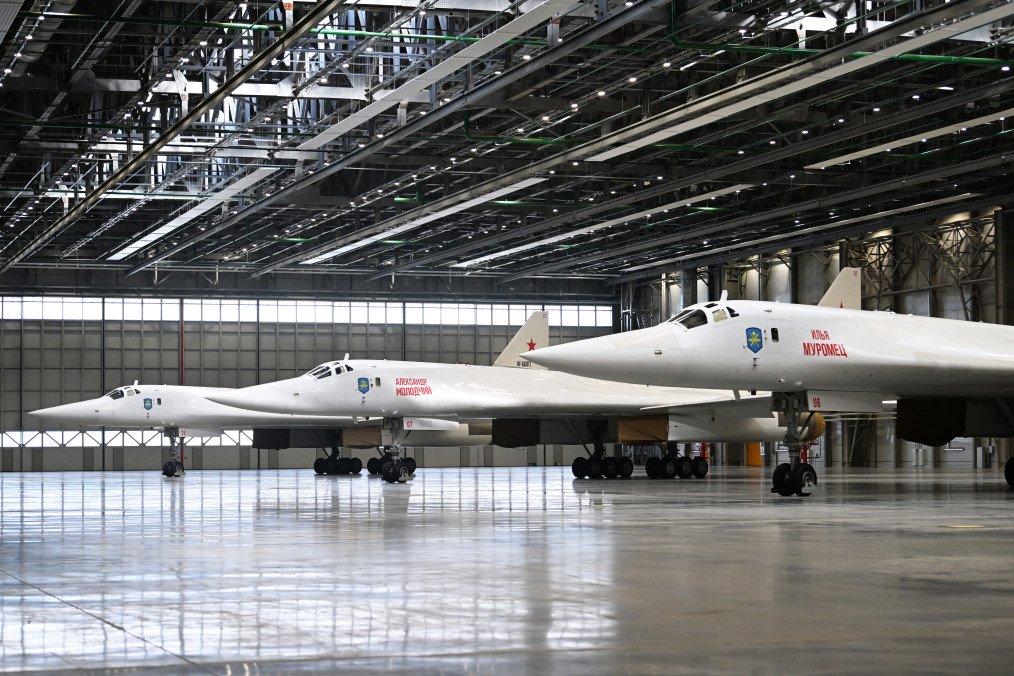
Russia has significantly expanded the Kazan Aviation Plant, its primary facility for producing and upgrading strategic bombers, including the Tu-160 and Tu-22M3.
Satellite imagery analyzed by Finnish media outlet Yle reveals the construction of new manufacturing halls, the largest of which spans approximately 320 meters in length and covers 19,000 square meters—roughly equivalent to three football fields.
According to Yle, the Russian government has allocated around €1 billion to modernize the site, aiming to increase domestic aircraft production capabilities amid Western sanctions and the inability to access foreign-made commercial aircraft.

The Kazan facility remains the only plant in Russia capable of manufacturing the Tu-160 supersonic bombers, a key component of the country’s nuclear triad.
While the expansion is officially framed as support for both military and civil aviation, the strategic objective appears to be ensuring continuity in the production of long-range missile carriers following recent Ukrainian drone strikes that damaged several aircraft.
Russia’s Ministry of Industry has acknowledged ongoing efforts to restart serial production of the Tu-160M2 and modernize existing Tu-22M3 bombers, both of which are used to launch cruise missiles in the war against Ukraine.
Yle reports that nine of the 24 planned new structures have already been completed at the Kazan site, with the remainder in various stages of construction. However, Western sanctions and a shortage of skilled labor continue to slow the project’s pace.

In 2024, the plant delivered only two newly built Tu-160M2 aircraft and two upgraded Tu-160Ms to the Russian Air Force.
Civil production remains limited. The Tu-214, a domestic airliner derived from the Tu-204 platform, is being prioritized for state use by the Ministry of Defense, FSB, and government aviation units.
Despite a contract to produce 23 Tu-214s, only one aircraft has been completed this year, reportedly using the last available batch of Western-supplied components.
Russian carrier Aeroflot has threatened to cancel its orders due to delays but continues to participate in the program under state pressure.
Former Finnish military intelligence officer Marko Eklund, who analyzed the satellite imagery for Yle, notes that while Russia is investing heavily in the Kazan facility, the focus on reviving Soviet-era platforms reflects a lack of technological parity with the West.
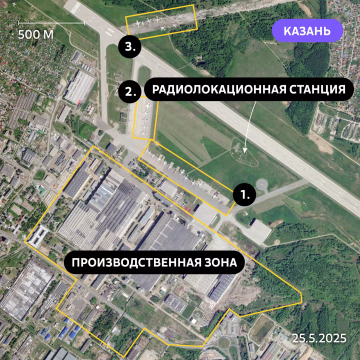
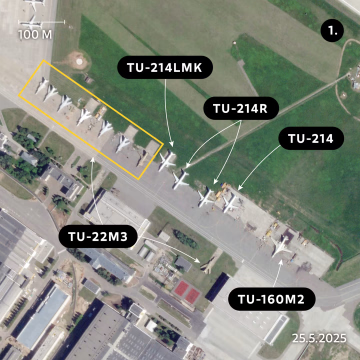
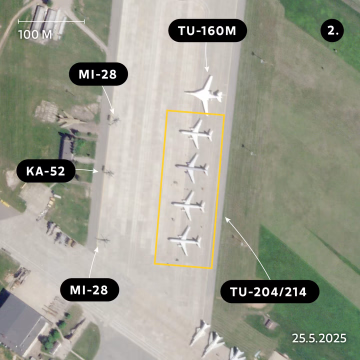

Eklund points out that the upgrades represent a continuation of legacy designs rather than the development of new-generation systems.
Despite these limitations, the Kazan plant remains critical to Russia’s defense production strategy.
Still, analysts suggest that even with additional manufacturing space, the overall output will likely remain below targets due to structural issues within the aviation industry, high costs, and continued dependence on foreign components—some of which Russia has sought to acquire through indirect means.
The full expansion of the Kazan Aviation Plant is expected to be completed by the end of next year.
Earlier, during Ukraine’s Operation Spiderweb on June 1, at least 41 Russian military aircraft were destroyed or damaged, including four Tu-160 strategic bombers, according to the SBU. The strike dealt a major blow to Russia’s aging long-range aviation fleet, part of its nuclear triad.
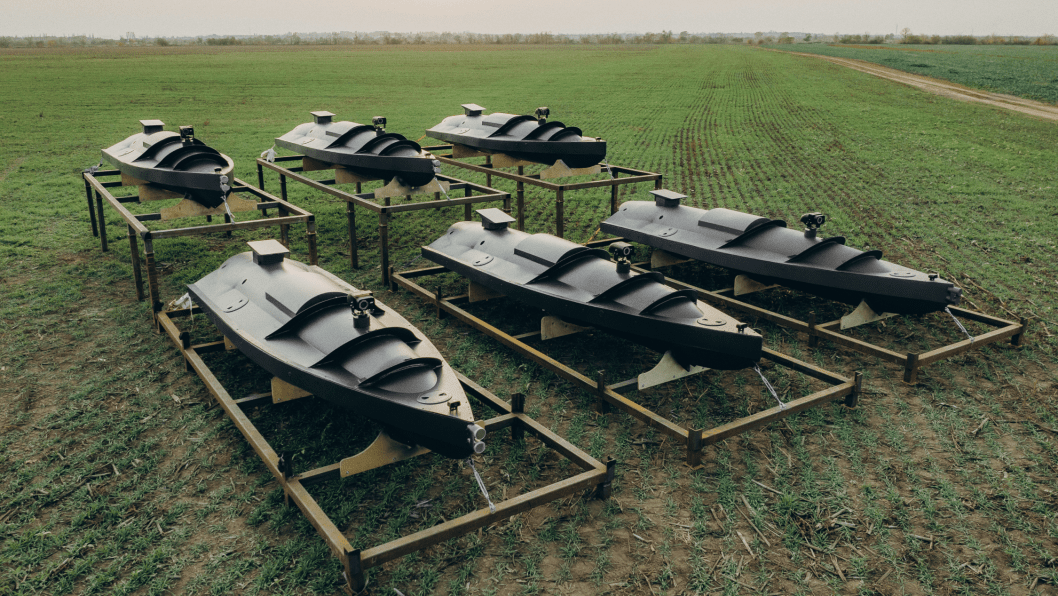

-ce9a134791207c81306f56ab3d75ffb6.jpg)
-72b63a4e0c8c475ad81fe3eed3f63729.jpeg)
-45ed3be17a7bb74903649ed9258196f8.jpg)

